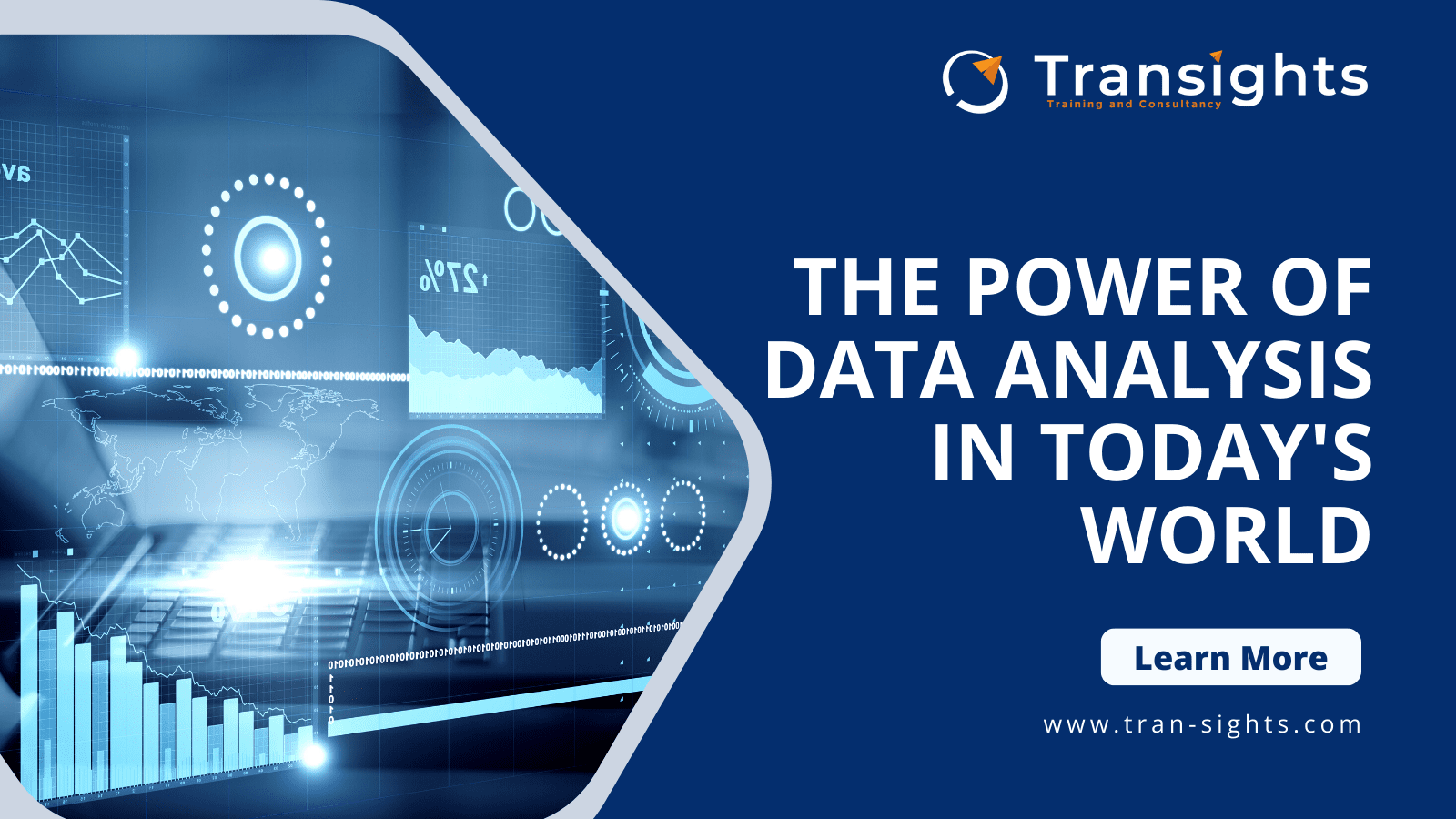
In the ever-evolving landscape of technology and information, data has become the new currency driving decision-making across industries. Organizations large and small are increasingly recognizing the value of harnessing data to gain insights, make informed decisions, and drive innovation. Data analysis, a crucial component of this process, plays a pivotal role in transforming raw data into meaningful information. In this article, we will explore the significance of data analysis, its key methods, and the impact it has on various sectors.
The Importance of Data Analysis:
Data analysis is the process of inspecting, cleaning, transforming, and modeling data to discover useful information, draw conclusions, and support decision-making. In today's data-driven world, businesses, governments, and researchers rely on data analysis to uncover patterns, identify trends, and make informed predictions. The insights derived from data analysis enable organizations to optimize operations, enhance customer experiences, and gain a competitive edge in the market.
Key Methods of Data Analysis:
Key Methods of Data Analysis:
1- Descriptive Analysis:
1- Descriptive Analysis:
Descriptive analysis involves summarizing and presenting data in a meaningful way. This method includes measures such as mean, median, and mode to describe the central tendency of a dataset. Visualization tools like charts and graphs also fall under descriptive analysis, helping stakeholders comprehend complex information at a glance.
2- Inferential Analysis:
2- Inferential Analysis:
Inferential analysis allows us to make predictions or inferences about a population based on a sample of data. Techniques like hypothesis testing and regression analysis help analysts draw conclusions and make predictions beyond the observed data, providing a deeper understanding of the relationships within datasets.
3- Exploratory Data Analysis (EDA):
EDA involves examining data sets to identify patterns, outliers, and relationships. Techniques such as scatter plots, histograms, and box plots help analysts explore data distribution and detect any anomalies that may impact the analysis. EDA is particularly valuable in the initial stages of data analysis to form hypotheses and guide further investigation.
4- Predictive Analysis:
Predictive analysis leverages statistical algorithms and machine learning models to forecast future trends based on historical data. Businesses use predictive analysis for various purposes, including sales forecasting, risk management, and resource optimization. Predictive analytics has proven instrumental in gaining a competitive advantage by anticipating market trends and customer behavior.
The Impact on Various Sectors:
The Impact on Various Sectors:
1- Healthcare:
1- Healthcare:
In the healthcare sector, data analysis is transforming patient care, optimizing resource allocation, and facilitating medical research. Analyzing patient records and clinical data helps identify trends, predict disease outbreaks, and personalize treatment plans.
2- Finance:
2- Finance:
In finance, data analysis is essential for risk management, fraud detection, and investment decision-making. Financial institutions leverage data analytics to detect patterns indicative of fraudulent activities and to optimize investment portfolios.
3-Marketing:
Marketers utilize data analysis to understand customer behavior, preferences, and market trends. This enables targeted advertising, personalized campaigns, and the optimization of marketing strategies to enhance customer engagement and drive sales.
Conclusion:
Data analysis is the linchpin of informed decision-making in our data-driven world. As technology continues to advance, the importance of data analysis will only grow, unlocking new possibilities across diverse industries. Whether in healthcare, finance, marketing, or beyond, harnessing the power of data analysis is the key to gaining valuable insights and staying ahead in an increasingly competitive global landscape.

